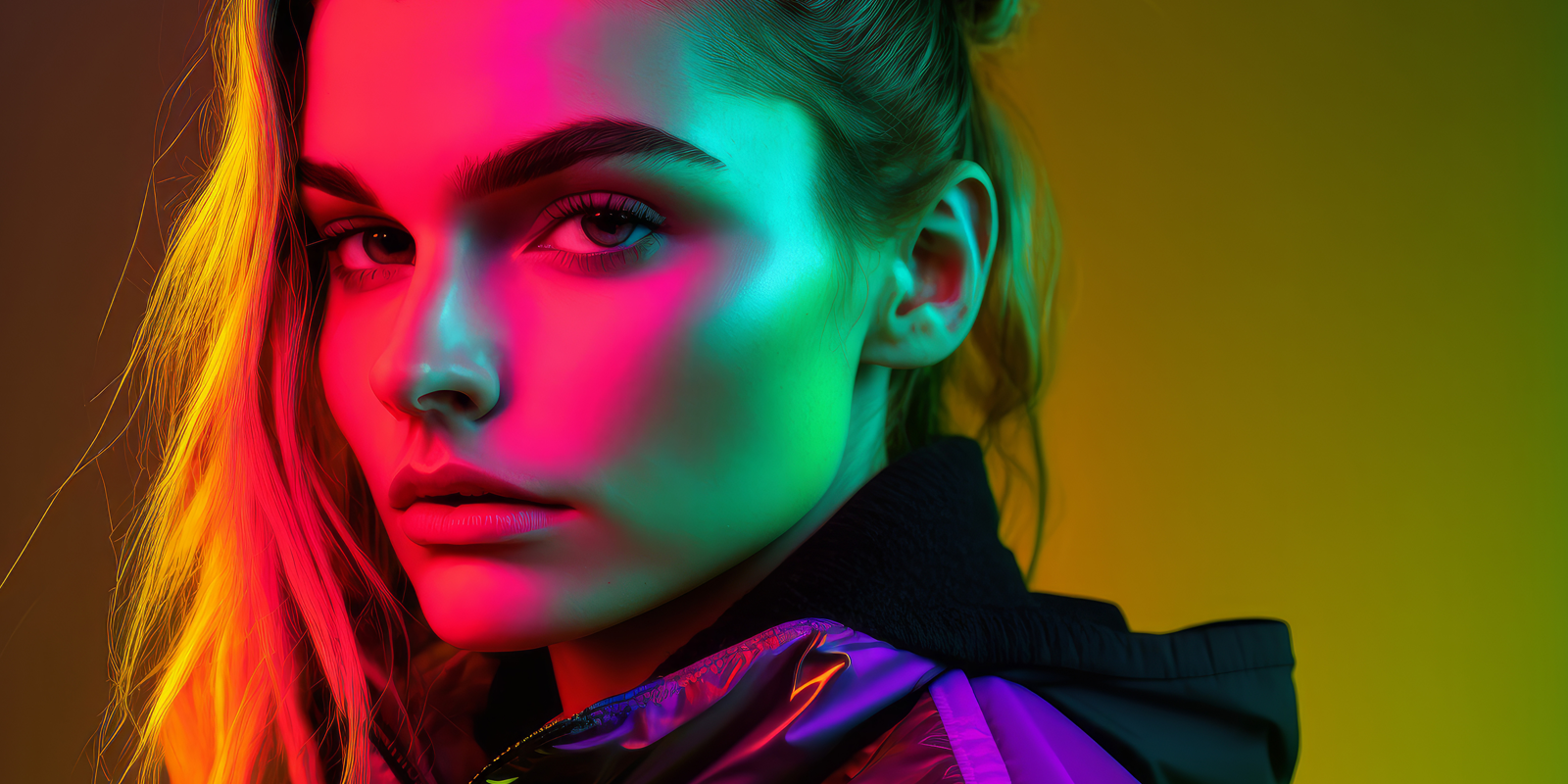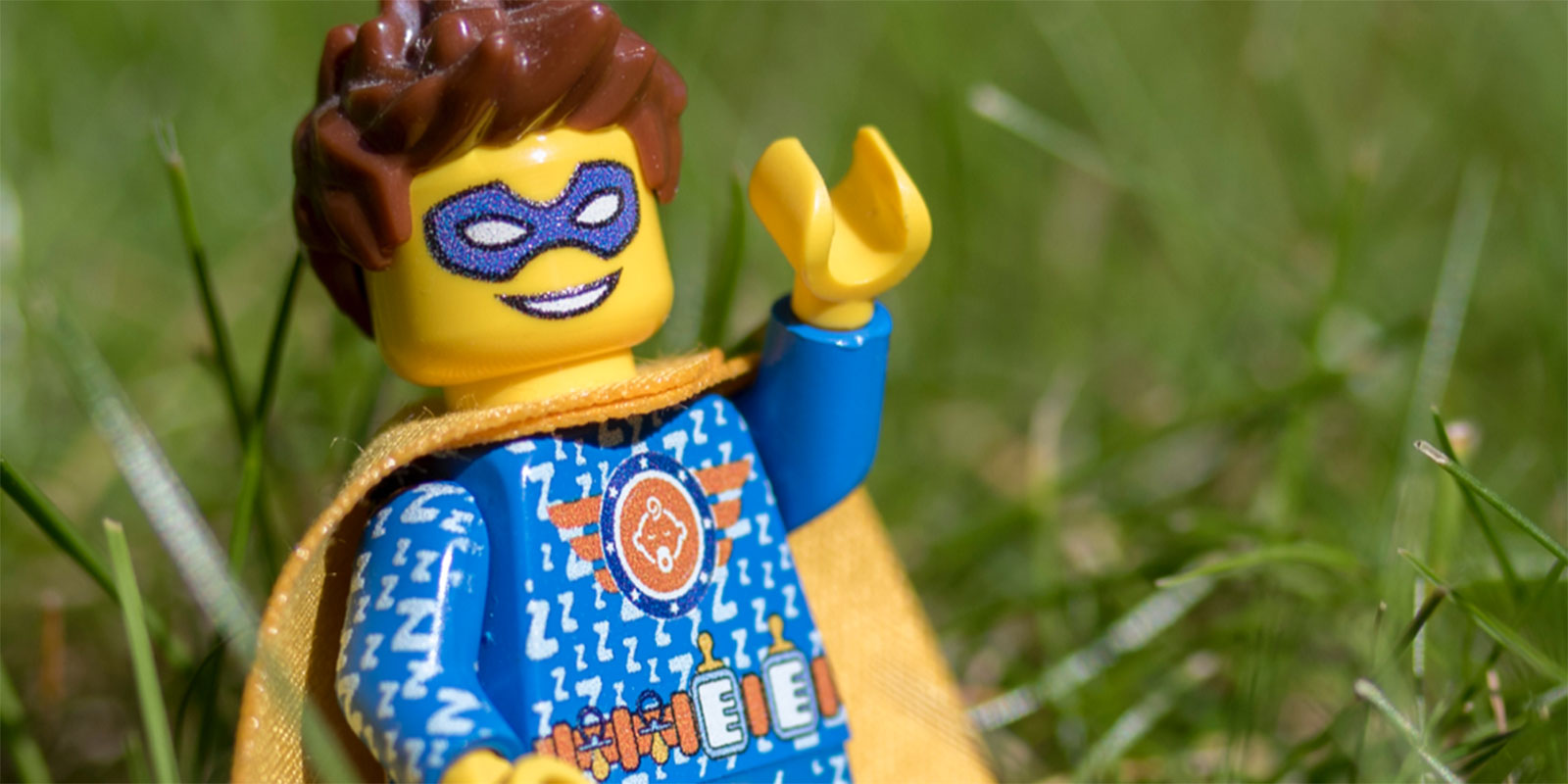Not got time to read? Listen instead with our audio version
Have you ever caught yourself thanking Siri, or apologising to your Alexa? As digital presences become more lifelike, the way we're interacting with digital presences is slowly changing.
We're hardwired to find similarities with others, which is why influencer marketing is so impactful. Influencers are an organic archetype of your buyer persona, a character who endorses your product and encourages new leads and fresh audiences. But they're not always real people. Enter the virtual influencer.
But what is virtual influencing all about? How effective is it, and are they here to stay? And what lessons can we learn from this unique marketing phenomenon?
Let's take a deep dive into this alternative social trend, and unpack some important takeaways that we can apply to any inbound strategy.
Virtual influencers: A human, made of pixels
It's no secret that the most effective content is driven by recommendations, reviews, and demos - all of which can be achieved via influencer content.
Whether we choose to follow influencers or not, our social feeds inevitably show us sponsored influencer content fed to us by the all-knowing 'algorithm.'
Imagine striking an even balance of a fictional character and a real influencer.
Virtual influencers are brand-specific avatars that are entirely created by CGI software. They're completely fictional, and brands can mould these AI influencers to suit the needs of their content marketing.
Generally, virtual influencers exist on Instagram, Discord and TikTok feeds. They circulate spaces that aren't otherworldly enough to be complete fantasy, but aren't quite real enough to be reality.
Instead, we are shown an idealistic lifestyle, the 'uncanny' which echoes real life. It depicts of a visionary lifestyle that can be achieved if audiences buy into a brand.
Virtual influencers mimic human behaviour and they are perhaps the most malleable forms of influencer marketing.
Virtual influencers have helped shaped the influencer sphere over the last decade, boosting content for game, tech, and fashion brands - influencing Gen Z audiences in a way we've never seen before.
They help boost awareness for eCommerce businesses, and are influential for quick-fix purchases.
How do they work?
Virtual influencer companies analyse the most effective human influencer content, and create fictional characters based on the most effective and engaging posts.
Game based software, language models and image based AI are all thrown together in a digital melting pot to craft these humanistic personas.
These virtual influencer designers become the puppet masters of this content, carefully choosing each AI input to optimise appeal to their client's audience.
Brands pay them for mentions, sponsorships and partnerships. It's a creative and limitless world where marketing potential has no boundaries. And it's a goldmine.
One of the leading pioneers of AI influencers, Brud's creation 'Lil Miquela' was created back in 2016. She now has over 3M followers on Instagram. She posts about pop culture, fashion, beauty and lifestyle - endorsing mammoth enterprises like Prada, BMW and Samsung.
Her content is inspired by well-performing Instagram images and posts that resonate with young audiences. Brands who want a mention from Lil Miquela are invoiced with a base rate price tag of £5,000 per mention.
She posts content which markets a fictional lifestyle around brands. She's completely loyal to the brands she endorses, and she'll engage with followers, building brand-customer relationships to generate interest and awareness.
A Gen Z trend like never before
Naturally, due to their game-like appearance most of these brands are targetting Gen Z audiences.
Virtual influencers help endorse Gen Z oriented brands.
That's because Gen Z...
- Have the most disposable income for quick-fix products
- Are the most likely to interact and engage with digital personas
- Are the most active on Insta, TikTok and Discord
While it's safe to say the majority of these virtual influencing trends are directed at Gen Z, it doesn’t mean it’s a brand new concept. We've been exposed to virtual influencers way before AI dominated marketing.
Influencer marketing isn't a new concept...
Back in 1952 Tony the Tiger waltzed around the TV ads, singing about frosted cornflakes. Kids around the world recognised this likeable character, and Tony the Tiger became a cereal mascot forever.
This effective character marketing has helped make Kellogg's what it is today, and this marketing campaign is still relevant now.
And let's not forget Damon Albarn's music project 'Gorillaz', digitally represented by cartoon band members that act as musical mascots, allowing room for brand flexibility and creative potential.
These made up characters make brands highly memorable, and the characters become 'brands' of themselves. The relationship between tigers and cereal is a head scratcher, but Kellogg's obviously did something right if we're still talking about it 70 years on.
They're particularly attractive because they are entirely mouldable in a way that human influencers aren't.
They're effective, but are they ethical?
AI is getting incredibly good at recreating real life. This brings up concerns about of authenticity, and brand bias.
And for some, it can become a bit of a moral grey area when fictional computerised characters are influencing human audiences.
That's why brands have to specify how they're using AI in their marketing. Brands should be transparent about how they’re using AI, like incorporating '#poweredbyAI' into their content. This lets audiences know it's not completely real, allowing us to make our own informed judgements of the content we consume.
With this in mind, what are the pros/cons of virtual influencers?
Pros...
- Mouldable personas allow brands to have full control over the content that is posted
- Full control ensures brand consistency
- Explores the full potential of a product
- Brands can create own narratives without the limitations of human influencers
- There's no risk of PR scandals or reputation damage
- No privacy concerns
Cons...
- Authenticity can be a concern for customers looking to make a purchase based on wholly authentic reviews
- Relationships are AI based and therefore are not as authentic as a human business-customer relationship might be
- Selling unattainable lifestyles can be damaging to some audiences
Virtual influencers: Key takeaways
Virtual influencers are a manifestation of a lifestyle that a brand wants to represent.
So you don't have to suddenly convert to TikTok marketing for your SME, or splash out £50k for a CGI character that takes pretend selfies outside of your warehouse.
But there certainly are a few valuable takeaways from the virtual influencer phenomenon:
- Authenticity works
- Audiences love to connect with characters in your marketing
- Relatability is key
- It's important to pick influencers that completely align with your brand's image
- Try and explore the creative boundaries of your content
- Market a lifestyle, not just your product
Is it here to stay?
It's safe to say this trend of influencing is directing new traffic through TikTok content and shaping how Gen Z audiences consume branded content.
It's formed it's own genre of social content, which is an exciting concept for brands who can stretch their marketing to fit these moulds for younger audiences.
AI influencer creation company Virtual Humans wrote 'on the internet, nobody is human, and the emerging virtual influencer industry capitalises on this reality.'
So if this is the case, is there really a difference between influencers and virtual influencers marketing brands?
With so many brands jumping on this bandwagon, it begins to blur the lines between brand-directed adverts, sponsored ads, and influencers who genuinely want to recommend a particular product.
But how far will influencer content go before it lacks authenticity and puts brands at a marketing loss?
Only time will tell, but it looks like this digital phenomenon will continue to progress, especially as 75% of Gen Z accounts follow some form of virtual influencer.
Either way, we all know influencer marketing really does work.
And despite it's whacky twists and turns it looks like marketing will continue to rely on these review based systems, with or without CGI.




